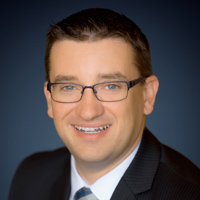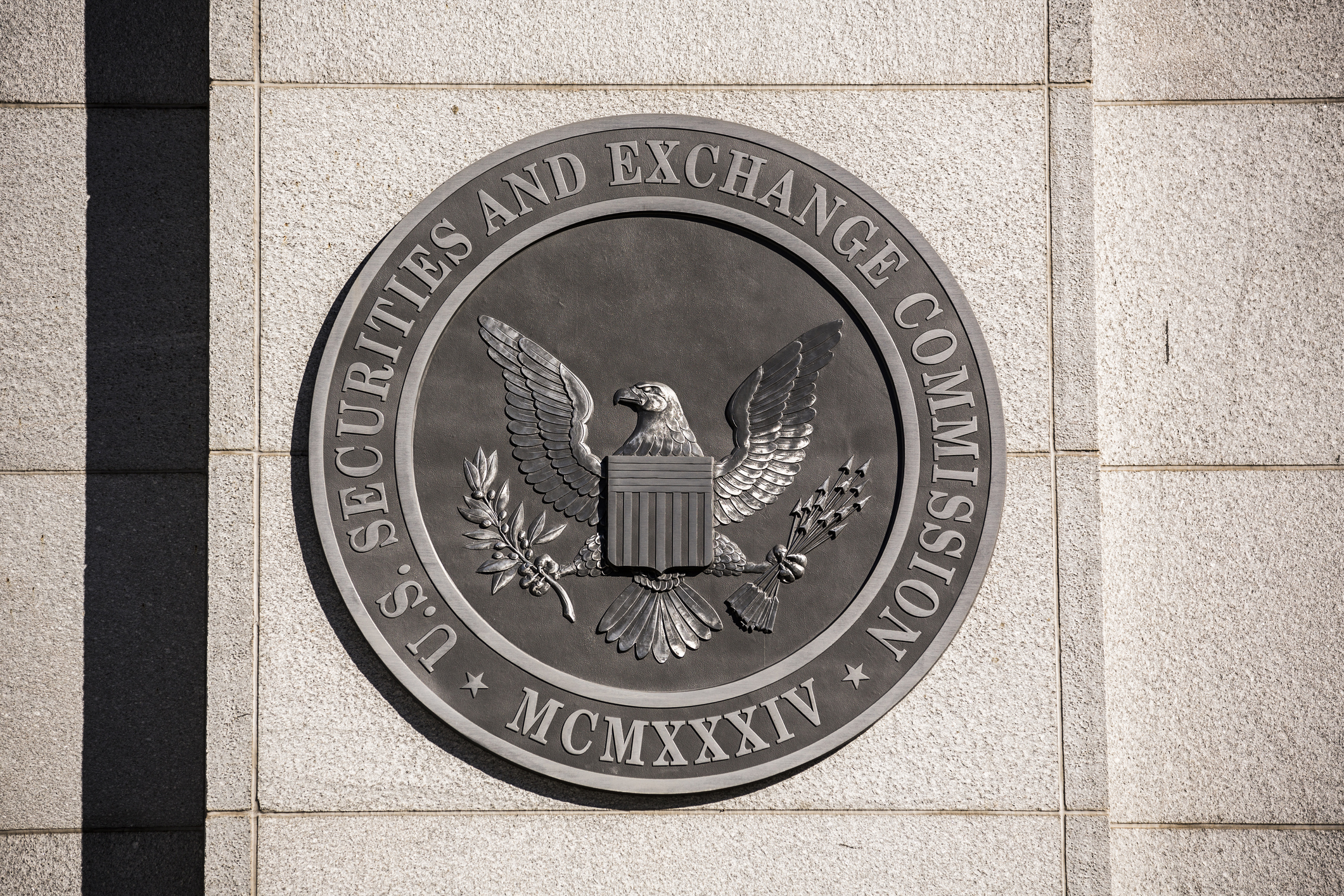Home Insurance: How to Cut Costs Without Losing Coverage
Natural disasters are causing home insurance premiums to soar, but don't risk dropping your coverage completely when there are ways to keep costs down.


From a natural disaster standpoint, the past few years have been off the charts, including:
- Wildfires caused extensive damage in Los Angeles and on the island of Maui
- Hurricane Ian destroyed a large swath of Florida
- Hurricane Helene left a trail of destruction through North Carolina
- Multiple tornado outbreaks hit the central and Midwest regions of the country
Even now, flooding is devastating parts of the Midwest and South.
In 2024 alone, the United States suffered 27 natural disasters that each caused more than $1 billion in damage.
From just $107.88 $24.99 for Kiplinger Personal Finance
Become a smarter, better informed investor. Subscribe from just $107.88 $24.99, plus get up to 4 Special Issues

Sign up for Kiplinger’s Free Newsletters
Profit and prosper with the best of expert advice on investing, taxes, retirement, personal finance and more - straight to your e-mail.
Profit and prosper with the best of expert advice - straight to your e-mail.
That’s devastating to the people in the disasters’ paths — and their finances. Not only do they face the obvious expenses associated with disaster recovery, they’re also discovering that bills for homeowners insurance can be a long-term — even permanent — hit to the wallet.
Soaring insurance premiums and fewer providers
One of the largest insurers in the country, State Farm, reported it lost $4.7 billion on its homeowners insurance business, which was a significant chunk of the $23 billion in losses the industry as a whole reports over the last five years.
Such reported losses are causing sharp increases in insurance premiums nationwide, even in states we don’t ordinarily associate with major natural disasters, such as Colorado and Minnesota.
My own clients have complained about their insurance premiums skyrocketing even though, here in Silicon Valley, we are far away from the wildfires that caused so much destruction in Los Angeles.
Even worse, for those in states that are common sites of headline-generating disasters like hurricanes, earthquakes and wildfires, some companies are withdrawing from the homeowners insurance market entirely.
That leaves people in states such as Florida and California scrambling to find coverage and increasingly failing to do so.
It also leaves a system known as “insurers of last resort” — state-run insurance programs designed for people who can’t get private coverage — as their only option. The trouble is, such last-resort options are generally much more expensive than private insurance.
Many who can’t find or afford coverage are forced to take the risk of going without if they can. If they still have a mortgage, that’s generally not an option because the terms of the loan require the home to be insured.
Should a homeowner not obtain coverage of their own, the bank will exercise an option called “force-placed” mortgage insurance and bill the homeowner for the premiums.
That’s a risky option: Under a force-placed policy, the homeowner is not the insured; the bank is. This means that, should a disaster destroy the home, the bank will be made whole, while the homeowner will receive no compensation.
How to cut the cost of homeowners insurance
When premiums are on the rise, it’s important to assess your coverages: Don’t just ask, “Do I have enough?” but rather, “Do I have too much?”
It will not be a surprise that insurance agents who receive commissions for selling insurance products will often be more than happy to sell you coverages you don’t actually need, while it’s also possible to have coverages you needed when you signed up, but no longer do.
For example, if you sell a boat that is insured and fail to inform the insurance company that you no longer own it, you will keep paying to insure it unnecessarily. The same applies to other possessions which may be separately insured with riders, such as jewelry and art.
Once you’ve cut out unnecessary policies, if your premiums are still too high, consider increasing your deductible. If your deductible is currently $500, upping that to $5,000 will likely save you money on your premiums. However, make sure you increase the amount in your emergency fund so you can cover the higher deductible should it be necessary.
Insurance has always been complicated, but perhaps never more so than in the age of almost-routine billion-dollar natural disasters.
It’s important to work with your financial adviser to get a second opinion on whether your insurance coverages are appropriately sized for your unique circumstances.
Related Content
- State Farm Seeks Emergency Insurance Rate Hikes in California After Wildfires
- Hurricane Insurance Claims: 10 Things You Need to Know
- How to Find Insurance Coverage in Disaster-Prone Areas
- How to Take a Break Without Breaking the Bank
- Interest Rate Cuts and Inflation: What's Really Going On?
Profit and prosper with the best of Kiplinger's advice on investing, taxes, retirement, personal finance and much more. Delivered daily. Enter your email in the box and click Sign Me Up.

Jared Elson is a Series 65 Licensed Investment Adviser Representative (IAR) and the CEO of Authentikos Advisory. Following a 10-year career with Yahoo, Jared identified an acute need for sound financial counsel in the tech industry and has excelled in giving tech professionals the tools they need to grow and preserve their wealth.
-
 The Santa Claus Rally Officially Begins: Stock Market Today
The Santa Claus Rally Officially Begins: Stock Market TodayThe Santa Claus Rally is officially on as of Wednesday's closing bell, and initial returns are positive.
-
 How to Leave Different Amounts to Adult Children Without Causing a Rift
How to Leave Different Amounts to Adult Children Without Causing a RiftHere’s how to leave different amounts to adult children without causing a family rift.
-
 My Retirement Learning Curve, 1 Year In
My Retirement Learning Curve, 1 Year InA retiree checks in with what they wish they knew early on and what they've changed about their plan one year in.
-
 The Santa Claus Rally Officially Begins: Stock Market Today
The Santa Claus Rally Officially Begins: Stock Market TodayThe Santa Claus Rally is officially on as of Wednesday's closing bell, and initial returns are positive.
-
 How to Leave Different Amounts to Adult Children Without Causing a Rift
How to Leave Different Amounts to Adult Children Without Causing a RiftHere’s how to leave different amounts to adult children without causing a family rift.
-
 Introducing Your CD's Edgier Cousin: The Market-Linked CD
Introducing Your CD's Edgier Cousin: The Market-Linked CDTraditional CDs are a safe option for savers, but they don't always beat inflation. Should you try their counterparts, market-linked CDs, for better returns?
-
 'Humbug!' Say Consumers, Despite Hot GDP: Stock Market Today
'Humbug!' Say Consumers, Despite Hot GDP: Stock Market Today"The stock market is not the economy," they say, but both things are up. Yet one survey says people are still feeling down in the middle of this complex season.
-
 The SEC Is Concerned for Older Investors and Retirement Savers. Here's What You Should Know.
The SEC Is Concerned for Older Investors and Retirement Savers. Here's What You Should Know.The SEC focusing on older investors, retirement and college savers, and private securities. Here's how those changes impact you.
-
 Why You Should Pay Attention to Company Guidance
Why You Should Pay Attention to Company GuidanceUnderstanding how corporate profit forecasts affect analysts’ estimates and stock ratings can help you make investment decisions.
-
 How to Protect Yourself and Others From a Troubled Adult Child: A Lesson from Real Life
How to Protect Yourself and Others From a Troubled Adult Child: A Lesson from Real LifeThis case of a violent adult son whose parents are in denial is an example of the extreme risks some parents face if they neglect essential safety precautions.
-
 To Build Client Relationships That Last, Embrace Simplicity
To Build Client Relationships That Last, Embrace SimplicityAs more automation becomes the norm, you can distinguish yourself as a financial professional by using technology wisely and prioritizing personal touches.